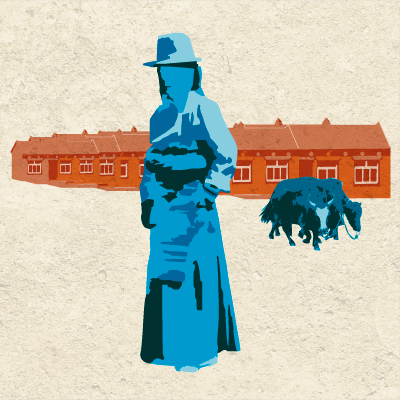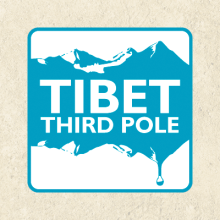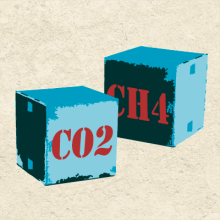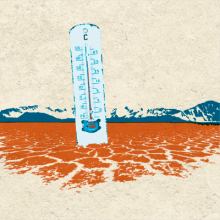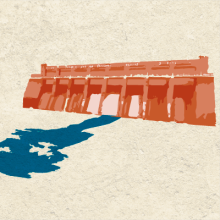Nomads
“Tibet’s nomads have lived sustainably on the plateau’s grasslands for millennia, but China has removed over 2 million on the false grounds of “enviro-protection”
Tibet’s nomads have lived sustainably the the plateau’s grasslands for millennia, in harmony with this globally significant ecosystem. The forced relocation and settlement of Tibetan nomads is one of the most severe and arguably most misguided aspects of Beijing’s grand plans for Tibet. In only a few years Chinese authorities have reportedly moved over two million Tibetans from their home on the grasslands to newly constructed settlements, profoundly altering Tibet’s social and environmental fabric.

